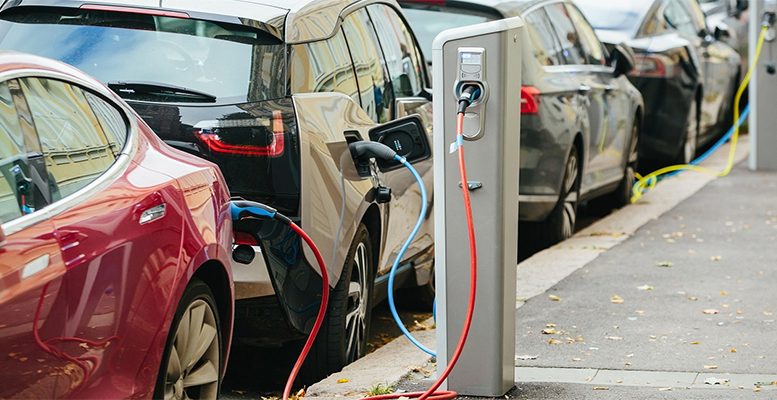Santander : Yesterday, the EU officially launched an anti-subsidy procedure against Chinese imports of battery electric vehicles (BEVs). The launch of the investigation comes after Commission President Ursula von der Leyen announced the initiative during her State of the Union address in mid-September. According to the statement published in the EU’s official journal, the EC “has gathered sufficient evidence” that BEV producers in China “have benefited from a number of (public) subsidies”. These include: (1) direct transfers of funds (public grants and loans); (2) lower taxes (VAT rebates, dividend/income tax exemptions, import/export tax concessions); and/or (3) the provision of services/goods on preferential terms (including raw materials for electric vehicle batteries). In line with previous statements by the EC president, the Commission sees a danger of “large losses” for the EU car industry due to cheaper and allegedly subsidised BEV imports from China. The investigation is likely to focus on a sample of BEVs manufactured in China (“more than 300” BEV producers, although not all of them export to the EU) and is expected to be concluded within 12-13 months. Possible provisional tariffs to be imposed by the EU will be published four weeks before the deadline.
Research view: We continue to see some challenges for the EC during this anti-subsidy investigation: 1) it is likely to be difficult to determine subsidies granted to individual producers (included in the sample) and this will be contingent on the cooperation of Chinese manufacturers and the government; 2) finding (objective) evidence that subsidised BEV imports from China (made during the period under investigation, which runs from 2020 to September 2023, i.e. when the market share of Chinese BEVs in the EU was 5% or lower) have distorted BEV prices in the EU and harmed the automotive industry in the region. It is worth noting the overall sharp increase in car prices observed since 2020, which has been one of the main drivers of EU car manufacturers’ profitability in recent years. Moreover, (3) if the EU establishes the existence of “subsidies” and “injury”, it has yet to decide whether it is really in its interest to take countermeasures. As noted above, (finished) vehicles remain one of the few manufacturing sectors where the EU’s trade balance with China remains clearly positive in value terms (€24.5 billion of exports to China compared to €9.7 billion of imports from China, according to ACEA). Therefore, any measures taken by China in response to the possible imposition of additional import tariffs by the EU could particularly affect Germany’s (very profitable) exports of high-end/luxury cars to China. In addition, the EU automotive sector relies on Chinese materials for the batteries of its own electric vehicles.
Therefore, we continue to believe that German car manufacturers will push for a highly measured approach to possible additional EU import tariffs, so that the investigation results in a moderate (or even zero) increase of the vehicle import tax from the current 10%. A more “protected” BEV market in the EU would likely benefit Renault (Neutral) and Stellantis (Neutral) the most, while posing risks to sales and profits generated in China for VW (Overweight), Porsche (no recommendation), BMW (Neutral) and MBG (Overweight). In any case, the EU investigation is not expected to be concluded before 2H24 and we maintain our respective recommendations for the companies.





